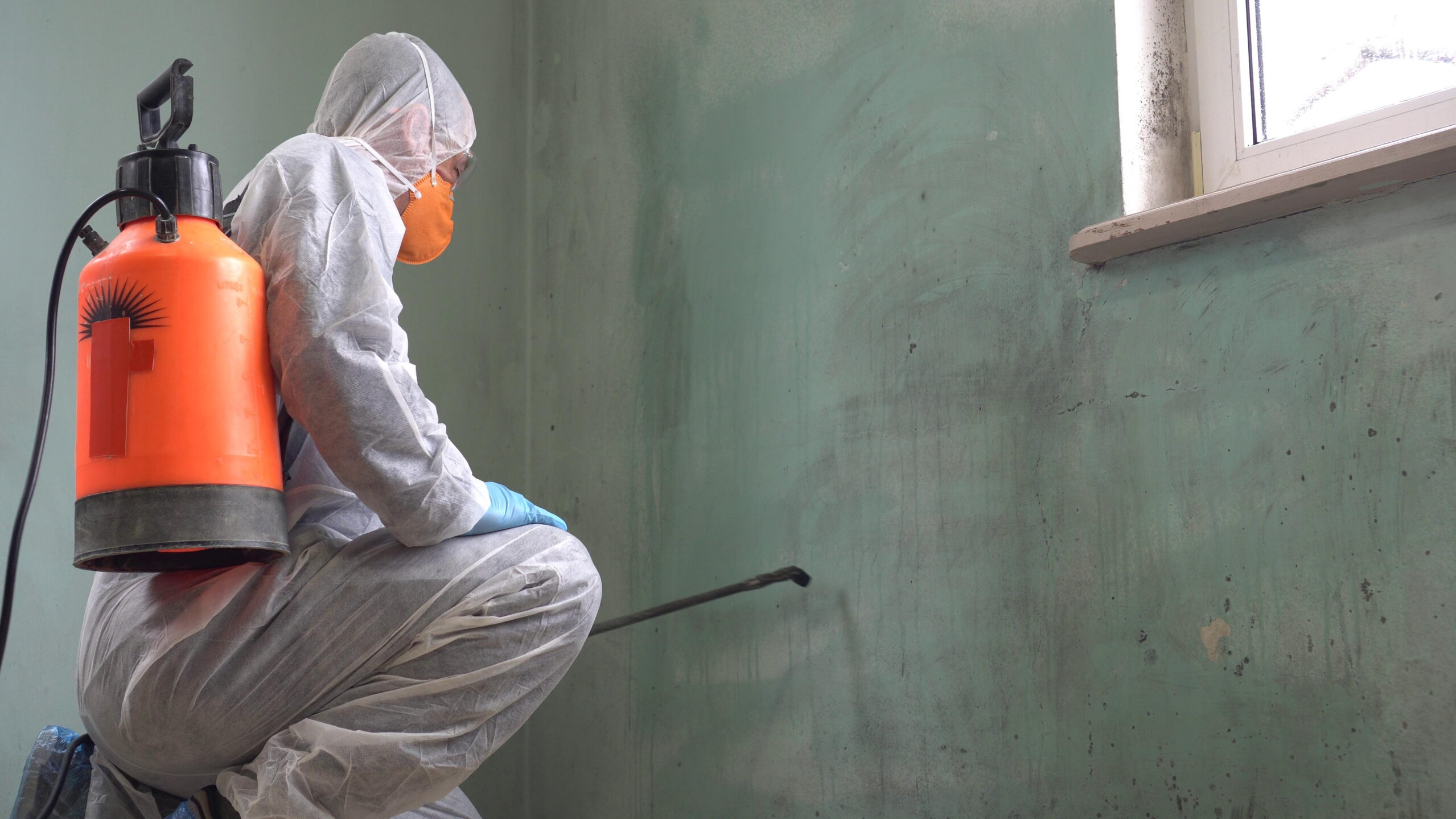
Mould Removal Services
If you own a property domestically, or commercially, making sure that it is free of mould is incredibly important. According to the Housing Health and Safety Rating System, Mould is now classed as a category 1 risk to health – the same category as Asbestos. It is important to be aware of any mould or damp present in your property sooner rather than later.
Mould growth in a property poses risk to human health and after long exposure can cause respiratory problems and damage the immune system. Since the unfortunate and preventable death of Awaab Ishak, Regulation 28 has been put into place to prevent further damp and mould related deaths.
In November 2022, an open letter was sent to social landlords by The Housing Ombudsman, for complaints relating to dampness and mould. The letter requested that landlords adopt a zero-tolerance approach and to assess themselves against 26 recommendations. The Spotlight Report highlights the importance of landlords taking responsibility and identifying issues in relation to damp and mould (Landlord Act 2018). If landlords do not follow regulations, legal action can take place and tenants will be entitled to compensation.
But, what causes mould in the home?
Mould is a microscopic organism that requires organic materials (wood or paper), oxygen and moisture to grow. Once mould starts to grow, it digests whatever material it is on and releases tiny spores which travel through the air. These spores contain mycotoxins and allergens attached and this is what can cause health issues.
Not only is mould harmful in the long term for health, but can cause irreversible loss to decor, furnishings and infrastructure. If there is visible mould present, this suggests a water or moisture problem which can be caused by factors such as:
● Cooking.
● Showering.
● Drying clothes indoors.
● Breathing without adequate ventilation.
● Droplets on mirrors, window sills and walls developing when cold.
Mould prevention tips
There are ways to prevent mould from growing in your home. Here are some ways you avoid mould/ damp developing:
● Check that the windows and door sealant aren’t damaged (so that water can not seep in)
● If there is a spillage, make sure to wipe up any liquid so that doors and floors are dry. This is extremely important in areas such as the bathroom especially.
● Check that there aren’t any unknown leaks in your home. Leaks can occur when drains are broken or pipes have burst.
● Allow as much ventilation throughout the property as possible by having windows open on dry days. This will circulate fresh air throughout your home and reduce moisture being kept inside.
If you are in need of mould removal services, or would like to seek professional advice, get in touch with one of our experienced professionals at DASA. DASA has access to new and effective technologies and equipment, meaning that issues can be solved quickly and efficiently. Contact us today at 0800 142 2783 or fill out the online query form and we will be in touch.
Mould and Damp FAQ’s
Is mould harmful?
Yes, if mould is left in a property with poor ventilation, there are a multitude of health risks that can arise.
Does DASA attend emergency call outs?
DASA offers tailored made response times. Please get in touch for a quote.
Does DASA work with insurance companies?
Yes, DASA provides services in the insurance industry and works alongside insurance companies, so can help manage your mould and damp issues with your best interest in mind.
Can I remove the mould myself?
There are a couple of techniques you can use to get rid of mould/damp by yourself at home. However, seeking professional advice and mould removal services will be the quickest and most effective way to remove the mould.